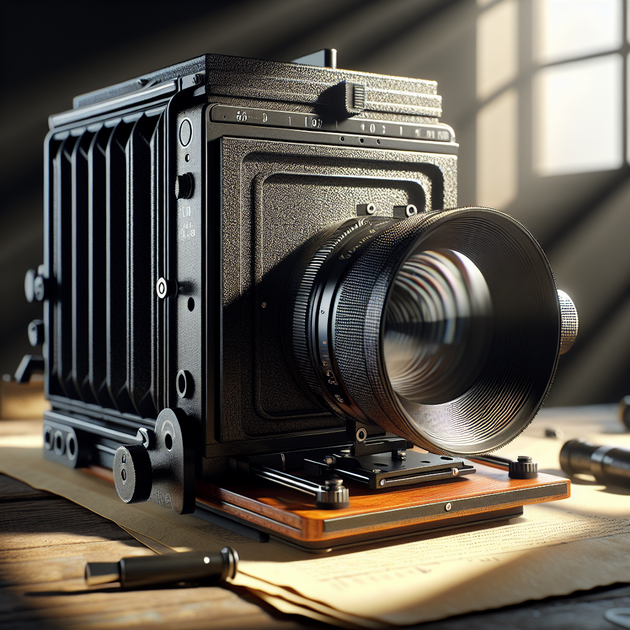What if you could shoot those sweeping panoramic film photos without spending thousands on rare old cameras? Thanks to a clever use of modern tech and a little ingenuity, the world of medium format just got a whole lot more accessible. The rise of the 3D printed camera back is giving photographers and tinkerers alike the chance to create their own custom gear—no vintage auctions or deep pockets required.
Why a 6×17 Camera Back Matters
Medium format cameras have always been the gold standard for detail and dynamic range in analog photography. But if you’ve ever looked into shooting true panoramic images—especially with something like a classic Fuji G617 or Linhof Technorama—you’ll notice two things right away. First, they’re massive and heavy. Second, even used models often cost as much as a good used car!
A 3D printed 6×17 camera back lets you transform existing large format cameras (like those using Graflok backs) into panoramic wonders. Instead of hunting for hard-to-find specialty film backs or adapters, you can print your own solution at home or through an online service. This opens up creative possibilities for anyone willing to experiment.
How It Works and What You Need
So what exactly goes into building or using a DIY panoramic film back? Here’s what makes this approach appealing:
- Accessible Materials: With free or open-source STL files and standard filament printers, many hobbyists can make their own parts.
- Custom Fit: Print designs tailored to your specific large format body—no need for universal adapters that never quite fit right.
- Affordability: Most commercial panoramic backs run from hundreds to thousands of dollars. Printing your own costs just a fraction of that.
- Tinker-Friendly: If you love tweaking designs or want to add features (like better light seals), it’s easy to modify before printing.
- Community Support: Maker forums and sites like Printables are full of shared plans and troubleshooting advice.
For most setups, you’ll need access to a reliable FDM printer (think Prusa or Creality), PLA or PETG filament (for durability), some basic hand tools for assembly, light-blocking foam (to prevent leaks), and your chosen large format body. There are also guides on integrating frame counters and roll-film holders into your build.
The Buzz Around DIY Panoramic Cameras
It’s not just about saving money—it’s about reviving the hands-on spirit that’s always been at the heart of analog photography. Makers around the world have started sharing their experiences with the process:
- A photographer in Germany documented his entire journey assembling a custom-printed back—and ended up shooting dreamy landscapes with it during his Alps trip.
- A college photo club built three different backs for their school’s old press cameras so students could experiment with wide-format compositions.
- YouTube channels like Analog Insights review different homemade solutions alongside luxury commercial options.
The common theme? People are thrilled by making something custom—and then seeing real negatives come out at the end.
An Anecdote From the Field
One weekend at a local makerspace event, someone set up their home-built panoramic rig on an antique tripod. Curious folks wandered over between laser cutter demos to watch him load film in broad daylight—thanks to well-placed light traps from his latest print version. By sunset, he’d snapped several exposures around the park’s lake. When he developed them later that week in his bathroom darkroom (yes, really!), he posted scans online. The feedback was instant—lots of “I want one!” comments from both photographers and other makers who’d never considered blending these hobbies before.
The Future of Analog Photography Meets Maker Culture
Panoramic film cameras will always have an aura of rarity—but projects like these show they don’t have to be limited to museums or high-end collectors anymore. As open-source hardware grows more sophisticated, even more folks are likely to jump in. Imagine combining next-gen printable materials with classic optical glass—or designing backs that support both modern roll film and vintage sheet sizes.
For those curious about other ways makers are shaping photography’s future, check out resources from organizations like the Make Community, which covers everything from electronics kits to DIY optics.
Ready to try building your own? Or does classic gear still hold all the magic? Let us know which side you’re on—and what you’d want out of your dream camera back!

Leave a Reply